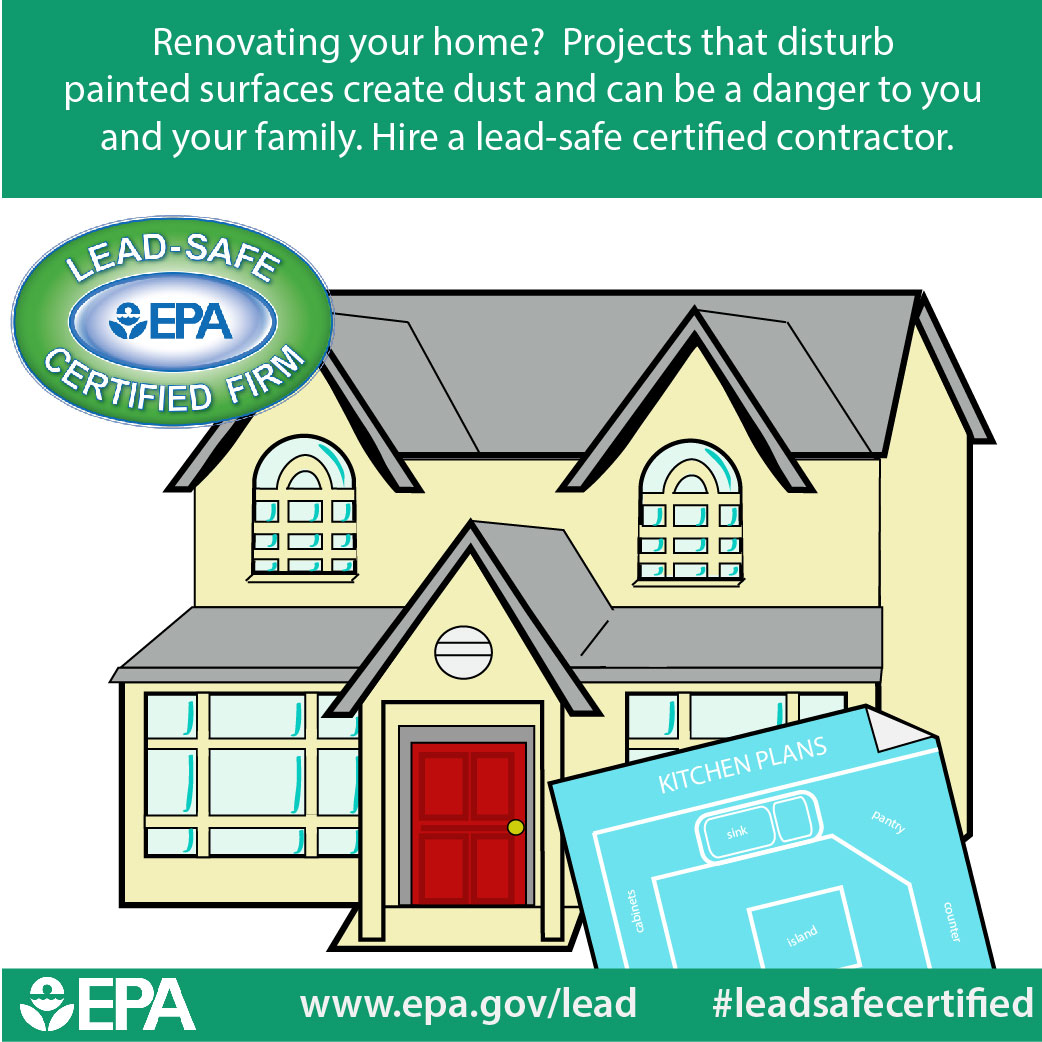Traditional Style: Accepting A Troubled Paint Design In Your Living Environment
Traditional Style: Accepting A Troubled Paint Design In Your Living Environment
Blog Article
Material Writer-Skinner Offersen
Creating a vintage troubled paint look in your home involves a cautious balance of color choice and application methods that evoke a sense of history and personality. By recognizing the nuances of stressful methods and exactly how they connect with different surfaces, you can change your area into a sanctuary of antique attraction. From refined damage to more pronounced aging impacts, the art of attaining a distressed paint surface uses a realm of possibilities for instilling your home with a special, timeworn appeal that mesmerizes the eye and triggers interest.
Choosing the Right Paint Color Styles
When selecting paint colors for accomplishing a distressed look in your home, it is necessary to think about tones that complement the vintage visual you intend to develop. To achieve a distressed paint appearance, choose colors generally associated with aged or weathered surfaces.
Neutral tones like soft whites, luscious off-whites, muted grays, and earthy browns function well to produce a sense of background and antiquity. These shades provide a subtle backdrop for the distressed result to radiate through, providing your room a timeworn charm.
For an extra rustic or farmhouse feel, take into consideration integrating much deeper tones such as navy blues, forest environment-friendlies, or rich burgundies. These darker hues can add deepness and heat to your troubled finish, evoking a relaxing and inviting ambience similar to old-world beauty.
Additionally, pastel shades like soft blues, blush pinks, or light yellows can bring a fragile touch to your distressed appearance, excellent for producing a shoddy stylish or cottage-inspired setting. Bear in mind, the key is to pick colors that enhance the vintage ambiance you desire to accomplish in your home.
Prepping Your Surface areas
Appropriately preparing your surface areas is vital to achieving a remarkable troubled paint look in your home. The first step in prepping your surfaces is to guarantee they are clean and devoid of any dust, grease, or old paint. Utilize a light cleaning agent or a degreaser to extensively clean the surface areas and allow them to completely dry totally prior to continuing.
After cleansing, inspect the surfaces for any flaws such as splits, openings, or irregular locations. Fill out any cracks or holes with spackling compound and sand down any kind of rough spots to produce a smooth base for the paint.
Next off, simply click the following webpage is vital to prime your surface areas before using the troubled paint. Primer helps the paint adhere far better to the surface and gives a consistent base for the paint color. Select a primer that is suitable for the surface you are servicing, whether it's timber, steel, or drywall.
Finally, consider sanding the surface areas gently to create a slightly harsh structure that will certainly improve the troubled appearance of the paint. Sand along the sides and corners where all-natural deterioration would occur to mimic an aged appearance.
Adhering to these actions will certainly make certain that your surface areas are correctly prepped for attaining a stunning troubled paint surface in your home.
Traumatic Techniques & Tips
To accomplish a genuine distressed paint search in your home, mastering various traumatic methods and integrating functional suggestions is important.
https://www.homesandgardens.com/news/paint-trends-206929 is dry brushing, which involves using a small amount of paint to a completely dry brush and gently sweeping it over the surface area to develop a weather-beaten impact.
Another prominent approach is fining sand, where sandpaper is used to gently remove layers of paint, exposing the underlying shades and including a worn look.
For an extra rustic look, take into consideration utilizing a crackle medium in between layers of paint to achieve a broken surface reminiscent of aged paint.
In addition to these methods, there are some vital suggestions to keep in mind when traumatic paint.
Beginning with a skim coat in a contrasting shade to make sure that it looks through when distressing.
Experiment with various tools such as sandpaper, steel woollen, and even a damp fabric to achieve differing levels of distress.
Bear in mind to concentrate on high-traffic areas and edges where natural damage would take place.
Lastly, practice on a tiny sample board before applying traumatic techniques to your whole surface to excellent your preferred appearance.
Final thought
In conclusion, attaining a classic distressed paint look in your home entails choosing the best shades, prepping surface areas effectively, and trying out traumatic strategies.
By adhering to these steps, you can produce a perfectly aged surface that adds fond memories and beauty to your living space.
Keep in mind to take your time and practice various techniques to achieve the preferred vintage visual in your house.
